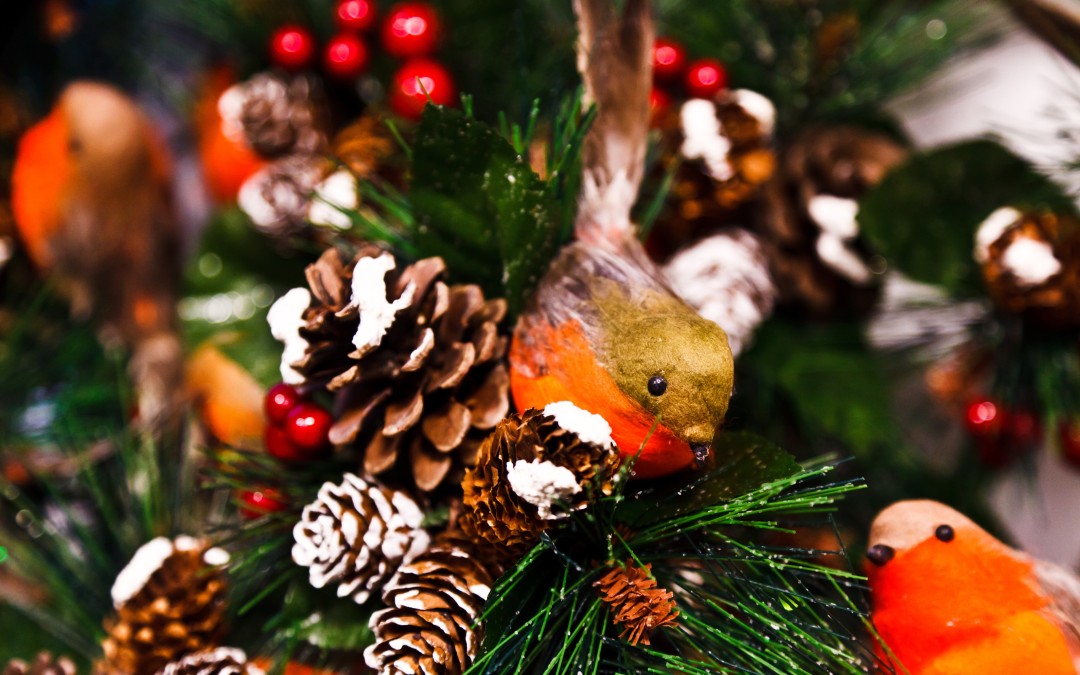
by Lorri | Dec 10, 2014 | Tips, UnCorked
December is perhaps the most social of months. It is filled with formal and casual gatherings with family from near and far. A fun, entertaining and easy way to entertain those special family members and friends — from neighbors to book club members — is a fun and festive wine tasting party. It makes for an intimate time with friends and family, yet creates a relaxed atmosphere where friends from different circles can meet and mingle. And of course, the best part involves savoring the wine and learning in the process. These are just a few tips and ideas to lighten the stress of planning.
Keep it small
The ideal number is usually six to eight guests. This size group is easily accommodated around a dining room table and is compatible with the number of pours for tasting samples from a bottle of wine.
Keep it casual
No need for fancy printed invitations. A quick email, text or Evite is sufficient to let your guests know the theme and start time. The starting time is crucial, though — this is one party difficult to start over for those stragglers.
Pick a theme
If you are supplying the wines or asking guests to join in, stay with a common theme in order to make comparisons. It doesn’t have to be a formal designation of a grape variety, region or price. Change it up for the holidays and consider “anything that bubbles,” “wintery reds,” “anything sweet” or even “bring the most expensive bottle you can afford” or “the best bargain of the year” themes. To keep it festive and not feeling like a classroom, I recommend no more than four to five wines for the evening. If you want to get a little more complex than a simple tasting, put a twist on the evening with a theme of pairing cheese and wine. Host a friendly competition among guests to find the pairing. Or conduct a blind wine tasting for guests to guess the varietal, the most expensive bottle or even the region.
What you’ll need
For the simplest setup, provide each guest with an all-purpose wineglass, a water glass and a paper cup for those looking to spit. A festive touch would be having a personalized wineglass, glass charm or other wine themed accessory for your guests to take home as a holiday gift. If you want to add food for the tasting, a sliced baguette or neutral cracker helps cleanse the palate between wines.
The how-to
The lineup for tasting should start with the driest wines and move toward the sweetest for whites; light-bodied to full-bodied styles for reds. An example would be pinot noir, merlot and then zinfandel. If you are using candles, be sure to buy unscented ones, because the fragrance can interfere with taste and smell.
The most important tip is to keep the evening relaxing and fun for your guests. It’s just another way to enjoy wine while also having a bit of fun with it.
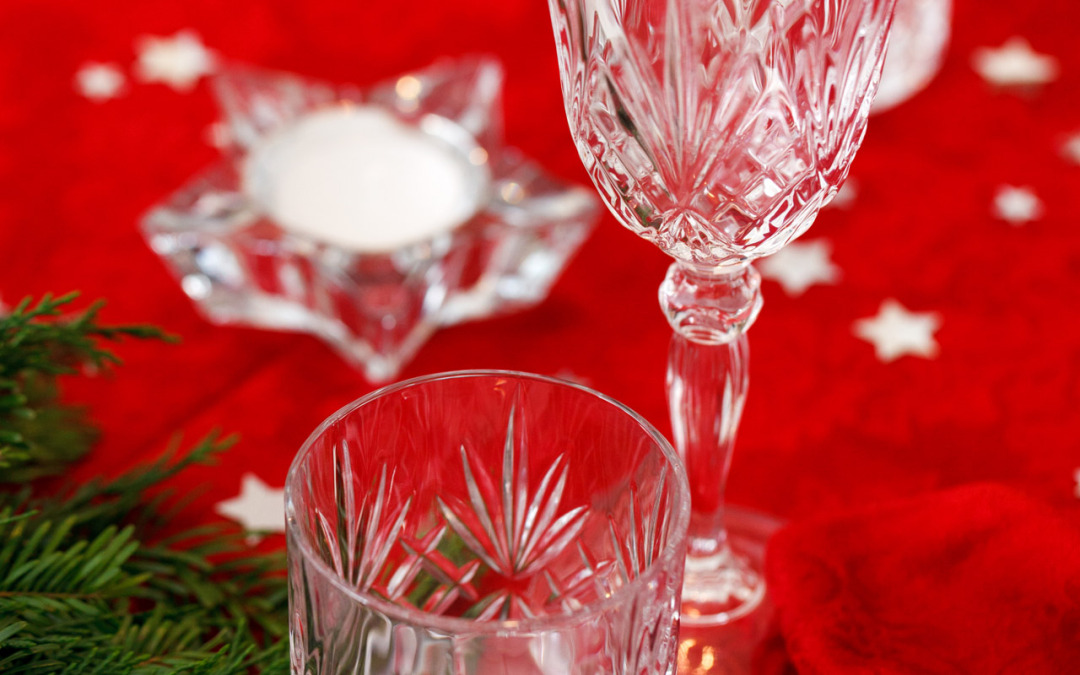
by Lorri | Dec 3, 2014 | UnCorked
This is the time of year when many of us start looking for unique, yet intimate entertaining ideas. Unique doesn’t have to mean elaborate ice sculptures or expensive cuisine. Think about adding some sparkle with holiday wines.
MAKE IT SPARKLE
It may not be to everyone’s taste, but Champagne or sparkling wine can be served throughout an entire meal or evening. Begin with brut non-vintage Champagne or sparkling wine as an aperitif as guests arrive. This wine will match with any food selection with a salty characteristic. For the main course, pair a fish (salmon, sole or sea bass), poultry or white meat topped with a beurre blanc, cream sauce or hollandaise with vintage Champagne or a premium sparkling wine. If a red meat or game dish is your preference, sparkling rose is an ideal match. When it comes to dessert, avoid chocolate or ice cream and serve a soft, creamy, fruity pastry with a sec (sweet) or demi-sec Champagne.
THE VALUE
- NV Treveri Cellars Blanc de Blancs, Washington (about $16 retail)
THE SPLURGE
- NV Moet and Chandon Rose Imperial, France (about $70 retail)
JUST DESSERTS
Offering a holiday party menu of dessert and wine pairings can keep the party planning minimal, and is ideal if guests will be attending other functions or dropping into several parties the same evening. One classic pairing is vanilla bean ice cream with the delectable rich and sweet Pedro Ximenez Sherry poured over the top. Nut desserts like pecan pie, chestnut mousse or walnut tarts match well with fortified wines such as Royal Tokaji, Cream Sherry or Australian Muscat. Cream- or dairy-based desserts such as cheesecake are complemented by late harvest Gewurztraminers. Egg desserts such as custards or souffles pair well with Tawny Port.
THE VALUE
- 2012 Hogue Late Harvest Riesling, Washington (about $12 retail)
THE SPLURGE
- NV Osborne Tawny Port, Portugal (about $22 retail)
CHARCUTERIE AND CHEESE
A meat and cheese tray takes on a special flair when it is composed of locally cured meats and hand-made cheeses. The menu sets itself up for an easy drop-in entertaining opportunity with minimal preparation, zero cooking time and a fun casual setting. Salami, sausage, prosciutto, chorizo and jamon serrano each pair ideally with red wines as do many cheeses. Consider adding a cheese board pairing of blue cheeses, aged goat cheeses, and nutty sweet cheeses like gruyere, cheddar and parmesan. Wines that pair well with most charcuterie and cheeses include cabernet sauvignon, pinot noir, merlot, red blends, port and oloraso sherry. An added bonus — there’s no need to have specific individual wine and food pairing options. Let your guests (and yourself) explore the pairing choices.
THE VALUE
- 2013 Force of Nature Red Blend, California (about $17 retail)
THE SPLURGE
- 2013 Migration by Duckhorn Pinot Noir, California (about $43 retail)
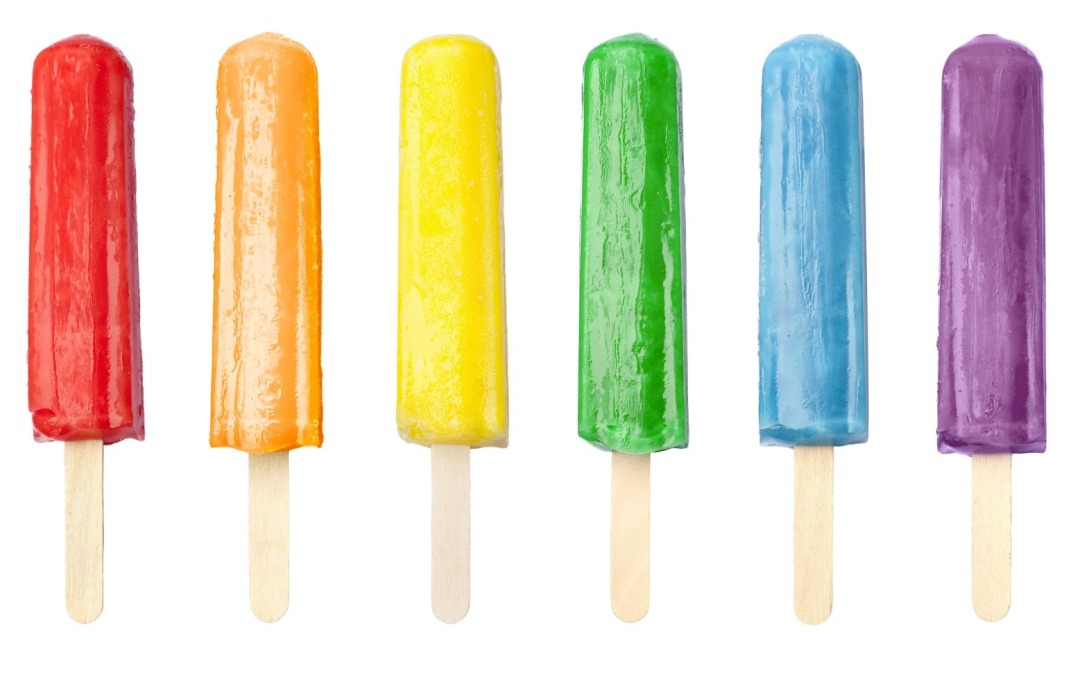
by Lorri | Nov 26, 2014 | Tips, UnCorked
For many of us the concept of leftover wine is unfamiliar. But just as there are often leftover foods when the party is over, the same is true with wine. If you find yourself with more than you want to enjoy with dinner the next day, there are a variety of ways to save it for future use.
I’ve spent the past few weeks researching and doing hands-on experiments putting these tips for using every last drop to the test.
Ice cubes
It may be the simplest, but I have found it to be the most useful. Save leftover wine or freezing it in standard ice cube trays. The cubes are especially useful in recipes for sauces and stews. Ten to 12 cubes equals one cup.
Homemade vinegar
It isn’t as easy as pouring leftover wine into a container — you’ll need to do a few things to ensure the best quality — but you can make vinegar at home with leftover wine. Pour the wine into an open container and cover with cheesecloth or even a dish towel (anything to keep insects out). Some instructions say to leave the wine to gain its own bacterial culture, known as the “mother,” but it’s best to add vinegar bacteria called Mycoderma aceti. Take one part unpasteurized store-bought vinegar (such as Bragg’s) and combine with three parts leftover wine. Over the next couple of weeks the mixture will get a bit murky, with a film developing on the surface and then sinking to the bottom. When it begins to smell vinegary, start tasting. Over time it will start becoming very acidic. When you like the taste, strain it off, put into a bottle and store in the refrigerator.
Adult popsicles
Yes, it is possible. This recipe calls for blackberries and pinot noir. But you could use any combination of fruit and wine that you like.
Pinot Noir Blackberry Pops
- 1/2 cup organic brown sugar
- 1/2 cup water
- 5 cups blackberries
- 6 ounces pinot noir
Combine the sugar and water in a small saucepan over medium-low heat. Cook, stirring frequently, until sugar dissolves. Remove from heat and cool.
Puree the berries in a food processor or blender. You should have about 2 cups puree.
Combine the simple syrup, pureed berries and the wine. Pour into molds; insert sticks and freeze until solid, at least 4 to 6 hours.
Makes 10 pops.
Ice cream topping
Combine 2 cups white wine, ¼ cup honey and ½ vanilla bean (split) in a saucepan. Add 4 cups diced dried fruit (apricots, cherries, raisins, medjool dates) and bring to a boil. Remove from heat. Let stand for about 10 to 15 minutes. Use warm or chill.
Mulled wine
Keeping separate containers for white and red wine, pour leftover wine into a 1-quart freezer-safe container. Keep adding other leftover wine over time. (Be sure to keep your white and red wines separate.) When the container is full, you have your base for a great classic. Empty the frozen wine into a large pot; add spices such as cinnamon sticks, whole cloves or a few whole star anise. Melt wine over medium heat; sweeten to taste with honey, sugar or apple juice. Simmer for 10 minutes and then serve with a twist of citrus peel.
Salad dressing
Take a teaspoon of red or white leftover wine and combine with 2 tablespoons wine vinegar, 1 tablespoon finely chopped shallots. Let the shallots soften and flavors infuse for about 10 minutes. Whisk in ½ tablespoon of honey, ¼ teaspoon salt and 3 tablespoons of olive oil.
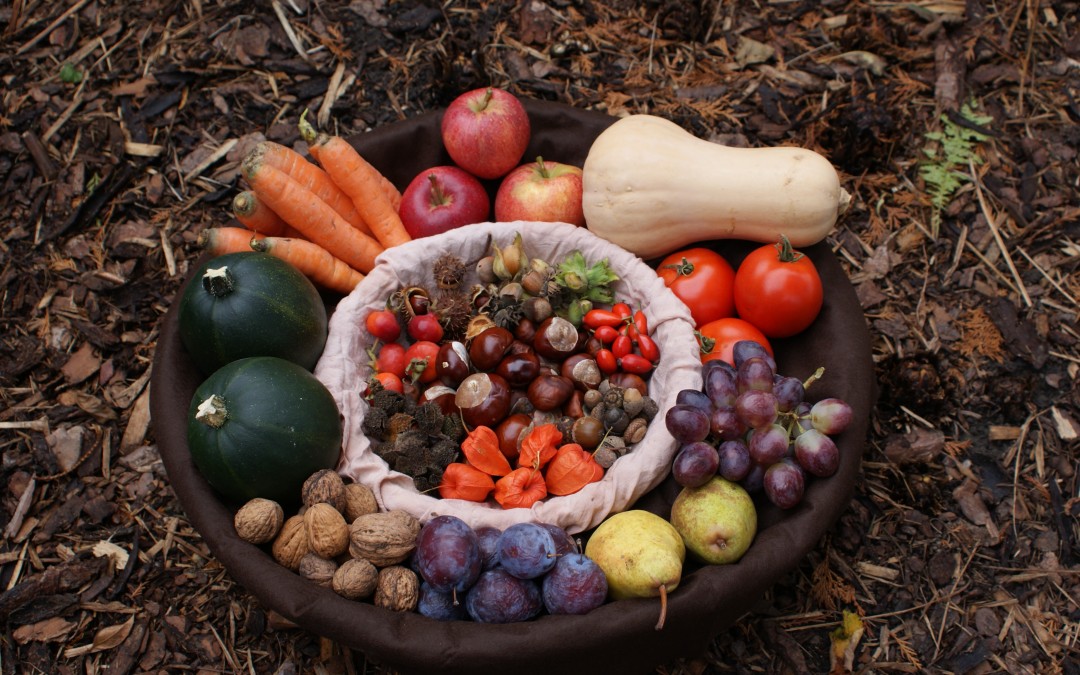
by Lorri | Nov 19, 2014 | UnCorked
With Thanksgiving just a week away, most of us are finalizing our menus, finishing up the decorating and even beginning to cook. In the past I have written about food and wine pairings for the vast array of flavors — even including suggestions for the right wine to pair with dressing. But the question I am asked most frequently this time of year is about recommendations and guidance in what wine to buy. A reader said it well, “Just tell me what to buy when I walk in the door of the wine shop. This would be one less stress.” So in an effort to begin the holiday season with less stress, I have put together some recommendations.
Large Family Gatherings
As with any large party this is not the place to splurge. The key is keeping the wines versatile but staying with a great value.
THE WHITES
- 2013 Matchbook Chardonnay, California (about $13 retail)
- 2013 Force of Nature Chardonnay, California (about $17 retail)
THE REDS
- 2013 Kenwood Russian River Pinot Noir, California (about $14 retail)
- 2013 Bell Big Guy Red, California (about $14 retail)
- 2013 Block Nine Caiden’s Vineyard Pinot Noir, California (about $15 retail)
Intimate Seated Lunch
When we’re sitting around the table with family and friends, the wine has more focus and there’s a slower pace for its appreciation. Lighter bodied styles with lower alcohol content work best for lunch gatherings.
THE WHITES
- 2013 Trimbach Gewurztraminer, France (about $27 retail)
- 2013 Laxas Albarino, Spain (about $19 retail)
- 2013 Famega Vinho Verde, Portugal (about $9 retail)
- 2013 Dr. Hermann “H” Riesling, Germany (about $16 retail)
THE REDS
- 2013 Cline Cellars Cashmere, California (about $17 retail)
- 2013 Rosa de Argentina Malbec Rose, Argentina (about $15 retail)
Intimate Seated Dinner
Just as with lunch, this setting is more personal for your guests. For these occasions I always offer the simple advice to spend as much as you can afford on your choice of a wine. A Thanksgiving dinner is one of those occasions where the wine shares the spotlight. We have very few moments each year to surround ourselves with family and friends paired with amazing foods and wine.
THE WHITES
- 2013 Kenwood Chardonnay, California (about $13 retail)
- 2013 Rob Murray Vineyards Stasis Chardonnay, California (about $39 retail)
THE REDS
- 2013 Schug Vineyards Pinot Noir, California (about $25 retail)
- 2013 Reynolds Family Vineyards Pinot Noir, California (about $45 retail)
Bring a Bottle of Wine
If you’re not the host, you’ll likely hear this request when asking “what can I bring?” to a gathering. Consider this a request for a wine to be enjoyed during the celebration rather than a gift for those hosting. The key is versatility and following the hunch that there will be turkey and dressing on the menu.
THE WHITE
- 2013 Treana White by Austin Hope, California (about $21 retail)
THE RED
- 2014 Presqu’ile Winery Pinot Noir, California (about $50 retail)
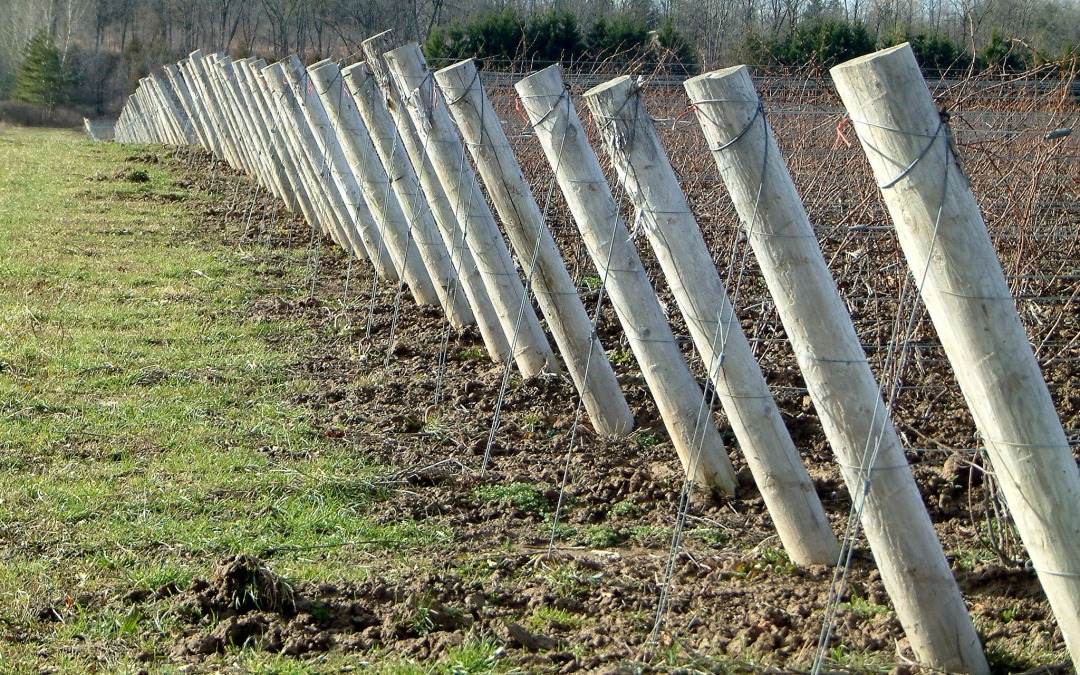
by Lorri | Nov 12, 2014 | UnCorked
Many consumers are interested in how food is grown and the environmental impact of various farming practices. The same is true of wine. I’ve covered the topics of organic versus biodynamic and vegan and vegetarian wines, but there’s so much more to learn. Conversation over dinner with friends recently led into the topic of dry farming.
The term shows up on labels, websites, winemaker notes. There’s debate if the practice can improve the quality of the grape.
Dry farming refers to a practice of relying only on natural rainfall for growing grapes. It’s a historic practice in use particularly in the Mediterranean region for growing grapes and olives. Many European countries follow this technique, with laws prohibiting irrigation of wine grapes during the growing season.
The practice obviously reduces water use but it can also improve the quality of the grape. Because the vines must grow deeper into the soil to access water, the resulting grapes have much more intensity. Some vintners believe the practice leads to sweeter, denser and smaller fruit. On the flipside, any fruit that receives too much water often loses its intensity and has a dull, diluted flavor.
Dry farming is not as easy as just turning off the faucet. There are some other key elements. The soil has to have good water holding characteristics. The vines have to be spaced sufficiently to allow the plants to gain enough moisture. If they’re planted too closely there is too much competition for water. Not just any rootstock can be used. It must have a certain strength that seeks moisture deep in the soil. Most importantly there is constant vineyard cultivation. Grape vines are very adaptable but there are definitely more hands at work in the vineyards when it comes to dry farming.
THE VALUE
- 2012 Tablas Creek Patelin de Tablas Blanc, California (about $18 retail)
THE SPLURGE
- 2013 Cornerstone Cellars Sauvignon Blanc, California (about $28 retail)
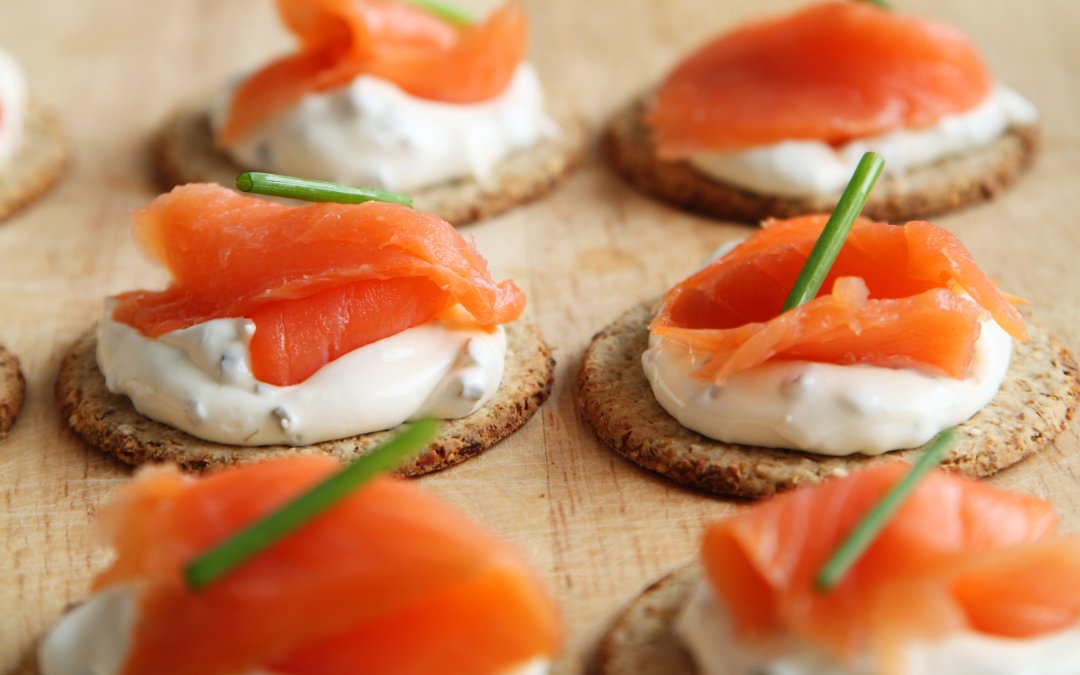
by Lorri | Nov 5, 2014 | UnCorked
Selecting the best wine to pair with your dinner is easy when the menu is simple, such as a grilled steak. A juicy grilled steak equals a full-bodied tannic red wine. But when we’re dining out meals are often a bit more complex, featuring a pairing option we sometimes ignore, the appetizers.
If you consider the appetizer as a mini version of the main courses (they are usually similar) it makes it much easier to find a match. A small portion of salmon, grilled shrimp or quail will pair easily with the same wine simply as a larger portion does, and even with most side dishes. But there are a few tips to keep in mind to navigate your options.
Be adventurous
Chilled, dry “fino” sherry is a wonderful match with tapas, olives, ham, sausage and basically anything spicy and salty. Many of those dishes are starters and fino or manzanilla styles of sherry can easily accompany a main dish of seafood, smoked salmon, squid and almost any grilled fish. Respected dining establishments know the key to fino sherry is a newly opened fresh, zesty bottle. This is not the style of sherry that can sit forlornly on the bar shelf for months. This style of wine is at its best when opened and consumed within a day or so.
The soup challenge
If a soup is a simple broth or thin liquid it will most likely be an awkward pairing with any wine. Texture and main ingredients are key for a starter soup and wine pairing. The texture may be an addition of noodles, hearty vegetables, meats or even couscous and barley. Soups with texture similar to stew tend to pair easier with wine. As with all food and wine combinations, consider the key ingredients. Pair a light vegetable broth based soup with a lighter bodied white wine. A robust, braised beef soup needs a fuller bodied wine to compete with the dish.
Bubbly simply works
Some of us think of Champagne only with celebration but it’s one of the most food friendly wines we have in restaurants and wine shops. It easily manages a clash of food flavors, weights and textures. Sparkling wine and Champagne are among the most versatile, and popping a bottle of bubbly is the ideal start for any dinner. It is but one of the few wines able to join you with the appetizer and end with dessert.





